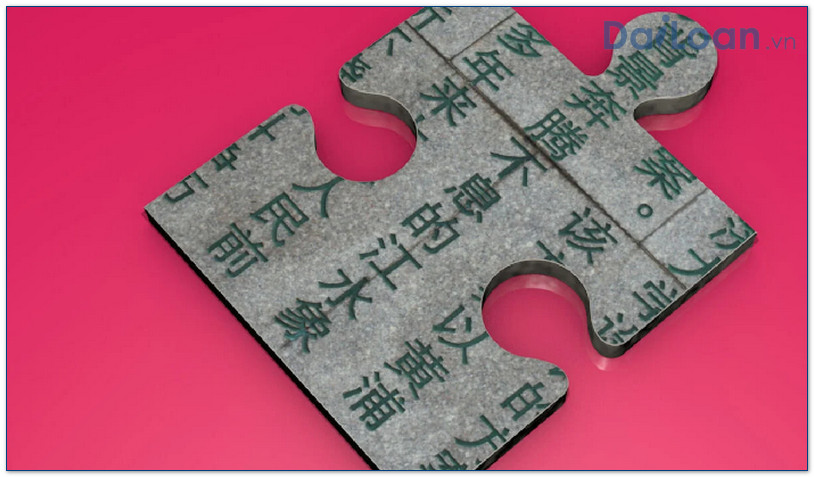Introduction to 剃 (tì)
The Chinese character 剃 (tì) carries significant meaning and usage in the Mandarin language. As a verb, it primarily conveys the action of shaving or cutting. This guide will delve into its meaning, grammatical structure, and provide practical examples to bolster understanding and usage.
1. Meaning of 剃 (tì)
剃 (tì) is most commonly translated as “to shave” or “to cut.” It is often used in the context of shaving facial hair, but can also refer to cutting hair in general. This verb illustrates the action taken toward oneself or toward hair, making it an essential term in both daily conversation and diverse contexts.
2. Grammatical Structure of 剃
In Mandarin Chinese, 剃 (tì) functions as a regular verb. It typically appears in various constructions, closely linked to subjects and objects in the sentence. The standard structure is:
2.1 Sentence Structure
The basic subject-verb-object (SVO) order is predominant:
- Subject + 剃 (tì) + Object
For example:
- 我剃头 (Wǒ tì tóu) – “I shave my head.”
2.2 Usage with Additional Grammatical Elements
剃 (tì) can also be used with modal verbs or adverbs to modify the action:
- 我想剃胡子 (Wǒ xiǎng tì húzi) – “I want to shave my beard.”
- 他剃得很干净 (Tā tì de hěn gānjìng) – “He shaves very cleanly.”
3. Example Sentences Using 剃
To further illustrate the practical use of the character  剃 (tì), here are several example sentences:
剃 (tì), here are several example sentences:
3.1 Everyday Conversations
- 你剃头了吗? (Nǐ tìtóu le ma?) – “Did you shave your head?”
- 我每天都剃胡子。 (Wǒ měitiān dū tì húzi.) – “I shave my beard every day.”
3.2 Contextual Uses
- 他决定剃光头。 (Tā juédìng tì guāngtóu.) – “He decided to shave his head bald.”
- 我们在家里剃头。 (Wǒmen zài jiālǐ tìtóu.) – “We shave at home.”

4. Cultural Significance of 剃
In Chinese culture, shaving can carry various connotations. Traditionally, it has been a part of significant cultural practices, such as entering a monastic life or for certain festivals. Understanding the context where 剃 (tì) is used can enhance comprehension of its importance in societal norms.
5. Conclusion
In summary, the character 剃 (tì) encapsulates much more than mere physical action; it interweaves with cultural practices, self-care, and identity. By mastering this verb, learners can enrich their Mandarin conversation skills. Its simplicity yet significant impact make it a fascinating aspect of the Chinese language worth exploring.
6. Further Reading
For those looking to deepen their understanding of the Chinese language, consider exploring additional resources on verbs and their applications in everyday contexts.

Sứ mệnh của Chuyên là giúp đỡ và truyền cảm hứng cho các bạn trẻ Việt Nam sang Đài Loan học tập, sinh sống và làm việc. Là cầu nối để lan tỏa giá trị tinh hoa nguồn nhân lực Việt Nam đến với Đài Loan và trên toàn cầu.
CÓ THỂ BẠN QUAN TÂM
Du học Đài Loan
Lao Động Đài Loan
Việc Làm Đài Loan
Đơn Hàng Đài Loan
Visa Đài Loan
Du Lịch Đài Loan
Tiếng Đài Loan
KẾT NỐI VỚI CHUYÊN
Zalo: https://zalo.me/0936126566
Website: www.dailoan.vn




